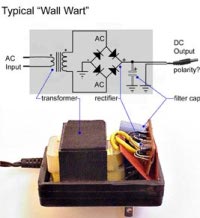
04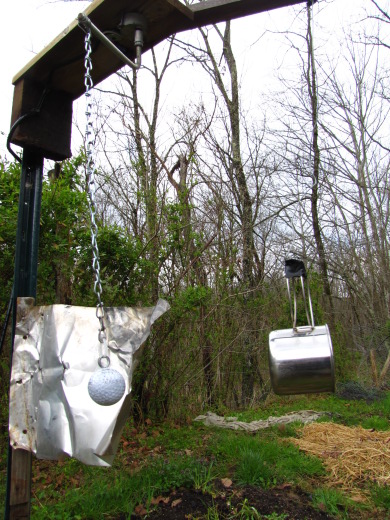
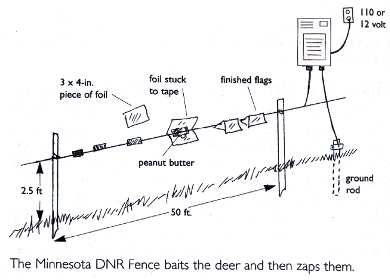
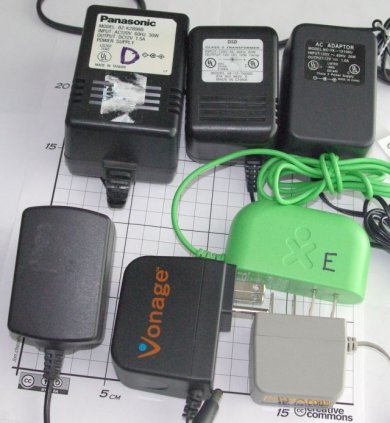

This
ebook, and others in the series, are full of short projects that
you can use to dip your toes into the vast ocean of homesteading
without getting overwhelmed. They're geared toward folks who need
to fit homesteading into a few hours each weekend and would like to
have fun while doing it. The projects cover growing your own
food, eating the bounty, preparing for emergency power outages, and
achieving financial independence. You won't be completely
deleting your reliance on the grocery store after reading this
series, but you will be plucking low-hanging (and delicious!) fruits
out
of your own garden by the time the exercises are complete.
|
|
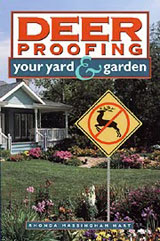 I agree with her conclusion
that deer are very adaptable, and an effective deterrent system should
use multiple methods of making the deer feel unsafe. That's the main
reason why my current deterrent design uses motion in conjunction with
sound.
I agree with her conclusion
that deer are very adaptable, and an effective deterrent system should
use multiple methods of making the deer feel unsafe. That's the main
reason why my current deterrent design uses motion in conjunction with
sound.